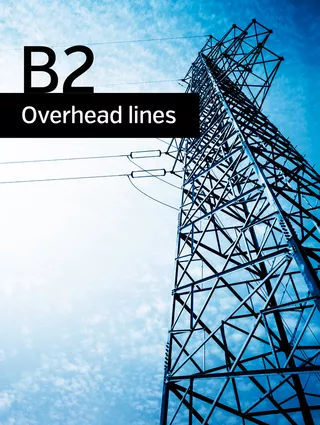Summary
Transmission system operators (TSOs) need accurate, near-term knowledge of line ratings to prevent conductor overheating and excessive sag, which can compromise safety and equipment lifespan. This brochure focuses on forecasting Dynamic Line Ratings (DLR), predicting overhead line thermal capacity on timescales ranging from minutes to days. Due to the strong influence of wind convection in complex line corridor environments, DLR forecasting is a technically challenging process.
Additional informations
| Publication type | Technical Brochures |
|---|---|
| Reference | 969 |
| Publication year | |
| Publisher | CIGRE |
| ISBN | 978-2-85873-674-4 |
| Study committees | |
| Working groups | WG B2.59 |
| File size | 9 MB |
| Pages number | 95 |
| Price for non member | 180 € |
| Price for member | Free |
Authors
Convenors
D. DOUGLASS, 2014-2020 (US), G. WATT, 2020-2024 (CA)
Secretary
G. BIEDENBACH (DE)
I. ALBIZU (ES), K. BAKIC (SI), W. CHISHOLM (CA), G. DIANA (IT), M. FONTAINE (FR), J. GENTLE (US), B. GODARD (BE), J. IGLESIAS (ES), J. JARDINI (BR), R. KUWAHATA (BE), A. MICHIORRI (FR), B. NEMETH (HU), H. M. NGUYEN (BE), R. STEPHEN (ZA)




